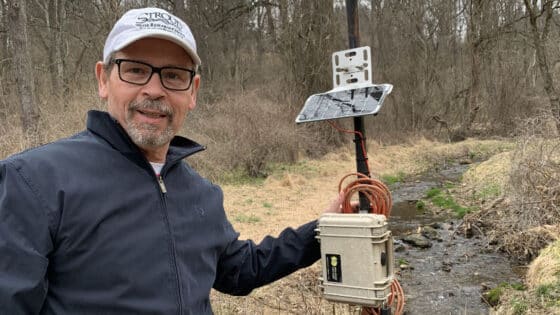Eldridge, W.H., J.M. Myers, and K.A. Naish. 2009. Heredity 103:299–309.
Abstract
The long-term viability of a metapopulation depends partly on the gene flow among sub-populations. Management approaches such as translocations and supportive breeding between closely related populations may affect gene flow and overall structure, and therefore viability. Here, we examined temporal changes in the fine-scale population structure of coho salmon (Oncorhynchus kisutch) by comparing archived (1938) and modern (2001–2005) populations in six rivers within a single conservation unit (Puget Sound, Washington) sampled before and after an extended period of between-river transfers and releases of millions of cultured salmon. Genotype frequencies at eight microsatellite loci showed that current populations descended from historical Puget Sound populations, but populations in different rivers that exchanged fish for hatchery propagation share more of their ancestry recently than they did historically. Historically, populations in different rivers were isolated by geographic distance, but that relationship is no longer significant. Allelic richness among all populations declined significantly, suggesting that genetic drift has increased because of a population bottleneck. Populations in different rivers and within the same river have become more diverged, providing further evidence for a widespread bottleneck. Previously, we observed that genetic distance significantly decreased with the number of fish exchanged; however, some populations apparently resisted introgression. Altered gene flow and lost diversity may affect the complexity, and therefore resiliency of sub-populations within a conservation unit. Plans for artificial culture need to maintain existing genetic diversity and avoid disrupting the fine-scale structure by using local populations for parents whenever possible.


